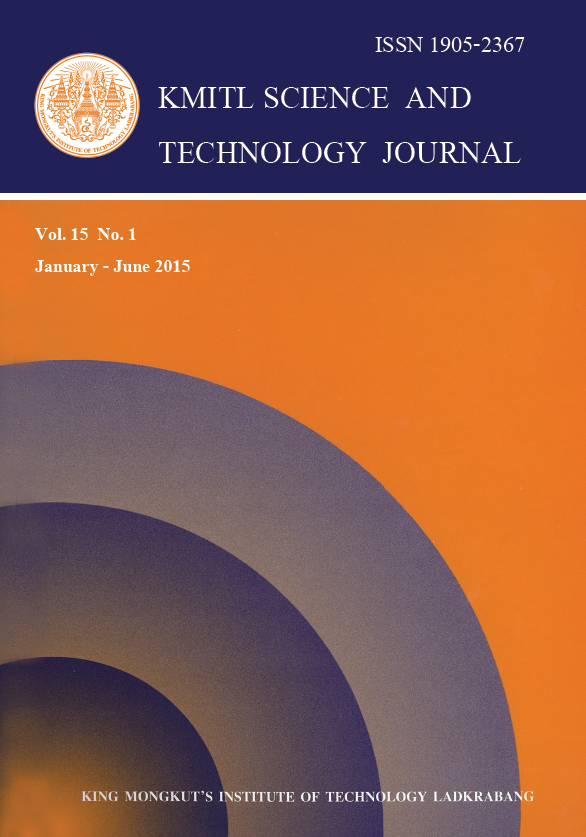Total phenolic content and antioxidant activity have involved in medicinal effects of plants. The 25 species of Thai indigenous plants were classified into three groups depending on their medicinal effects; (1) anti-inflammatory (2) analgesic and (3) diuretic groups. Both of fresh and dried plant extracts were determined total phenolic content (TPC) and antioxidant activity by four different methods; DPPH-free radical scavenging activity (DPPH), Trolox equivalent antioxidant capacity (TEAC), Ferric-reducing antioxidant power (FRAP) and thiobarbituric acid reactive substances (TBARS) assays. Then, the correlation between each parameter was examined. The results showed that TPC and antioxidant activities of plant extracts were highly variable among different plant species and plant parts. The analgesic plants showed the highest change of TPC and antioxidant activities after drying. A positive linear correlation was found between TPC, DPPH, TEAC and FRAP but close relationship of these parameters with medicinal effects was occurred in the diuretic plants group (r =0.808-0.970). From the results, five plants, Saraca indica L., Litsea glutinosa (Lour.) C.R. Rob, Glochidion sphaerogymum (Müll. Arg.) Kurz, Schima wallichii (D.C.) Korth. and Camellia sinensis (L.) Kuntze var. assamica (J. Masters) Kitam. could be potential rich sources of phenolic compound, antioxidant and new pharmaceutical from indigenous plants.
Keywords: Thai indigenous plants, total phenolic content, antioxidant activity, medicinal effects
*Corresponding author:
E-mail: ifrnpph@ku.ac.th
Areekul, V. ., & Phomkaivon*, N. . (2018). Thai Indigenous Plants: Focusing on Total Phenolic Content, Antioxidant Activity and Their Correlation on Medicinal Effects. CURRENT APPLIED SCIENCE AND TECHNOLOGY, 10-23.
